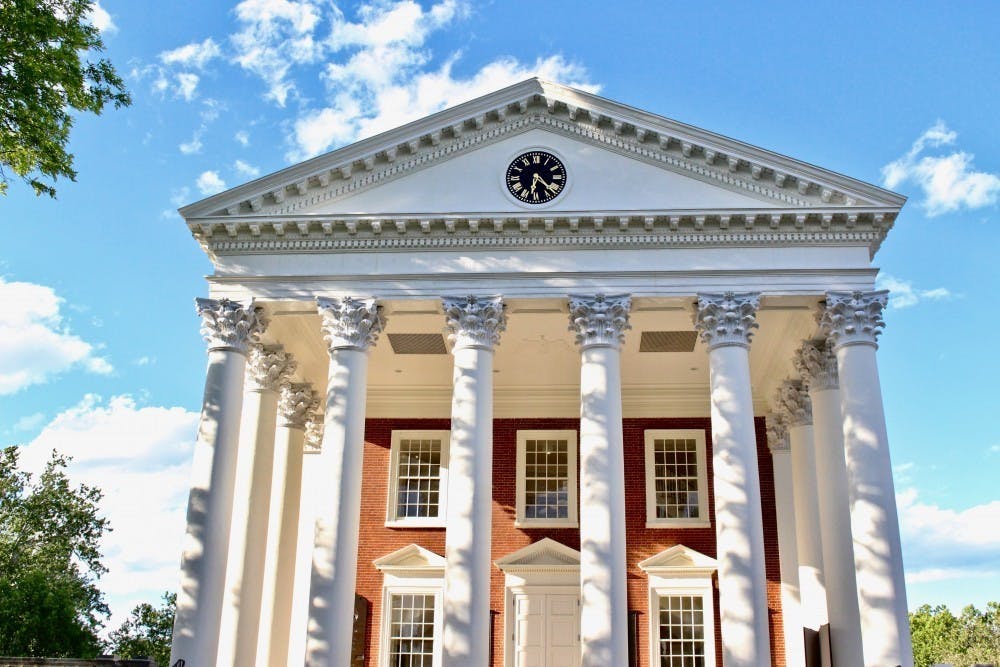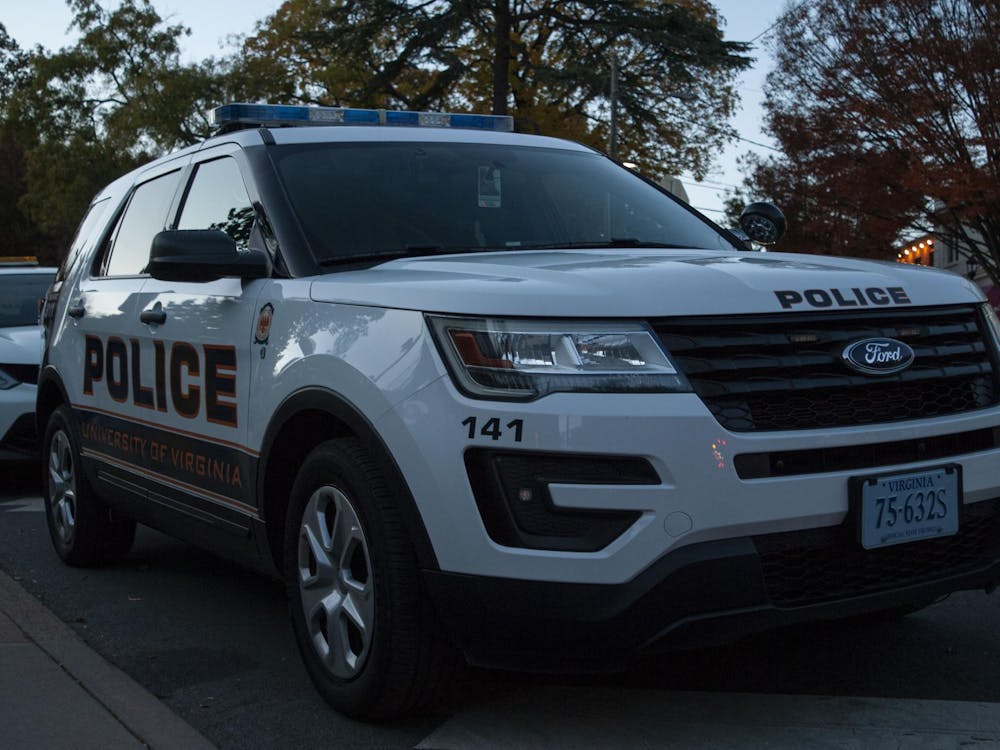The University’s Board of Visitors met Aug. 2 for a final vote on President Jim Ryan’s strategic plan, “A Great and Good University — the 2030 Plan.” The vote was unanimous. Ryan’s plan builds upon former President Teresa Sullivan’s goals, as described in her Cornerstone Plan, which was developed in 2013.
“This is just the beginning of our journey, but I feel like we’re on the right path,” Ryan said to the Board.
Ryan began work last fall in conjunction with hundreds of people from the University community to imagine this plan. Ryan held town halls in the fall, created the “Ours to Shape” campaign to invite comment, performed stakeholder outreach with different student groups and discussed ideas with fourth-year Commerce student Rambert Tyree, the student member on the strategic planning committee.
Derrick Wang, a fourth-year College student and student Board member, explained why student involvement in the plan is essential.
“If you think about it, students at the University right now have a chance to shape what the U.Va. experience will be like for students for another generation or two,” Wang said. “Like the next whole four-year cycle of undergraduate students will see the effects of the changes that happen now — the buildings that go up, the schools that are being built — all that kind of stuff.”
Ryan’s plan includes four overarching goals, 18 sub-goals under the four main pillars and ten concrete initiatives to pursue the main goals. The four overarching goals — “to strengthen UVa.’s foundation, to cultivate the most vibrant community in higher education… to enable discoveries that enrich and improve lives, and to make UVa. ‘synonymous with service’” — are meant to describe a commitment to community, diversity, research and service.
Among the ten initiatives are SuccessUVA, which expands financial aid and other services, and Citizen-Leaders for the 21st Century, which prepares students to be “servant-leaders.” The Third Century Initiative aims to recruit teachers, researchers and mentors; Pathways to Research Preeminence serves to stimulate research, and Cultivating Staff Success is intended to support an inclusive workforce. The Good Neighbor Program partners with Charlottesville and neighboring counties to address local challenges; Broadening Our Horizons expands research and partnerships in Northern Virginia, and the Bachelor’s Completion and Certificate Programs promotes education for working adults. Additionally, the Open Grounds at Emmet-Ivy will develop the 14-acre site between Emmet Street and Ivy Road, and the establishment of the School of Data Science will introduce a premier school in its field.
A number of these initiatives include their own goals, meaning that there are about 40 goals in total associated with the ten key initiatives.
Ryan’s plan is a roadmap for making the University the best public institution in the nation — and one of the best universities in the world — by 2030. According to University Rector James B. Murray Jr., “what President Ryan has set out, is to be not just a great university, but a good university.”
However, the University cannot move forward with each initiative and goal in the “Great and Good” plan immediately, so progress will be made gradually across the strategic plan’s 10-year timeline.
“Many of them are very bold, many are very expensive, and the University can not do them all at once,” Murray said. “We don’t have the manpower or the money to do everything at once, so the President is going to have to prioritize.”
Ryan and Chief Operating and Financial Officer J.J. Davis will prioritize the ten initiatives later this fall, once there are estimates about how much the initiatives will cost and which resources will be available to complete these goals.
Funding will come from a variety of possible sources, such as the University’s Strategic Investment Fund — which is funding available to the President and Board of Visitors that is managed as an endowment fund for initiatives that can fundamentally develop a critical area of knowledge or operation — along with philanthropic support, University funds, debt service, state funds and other sources.
In an email to The Cavalier Daily, University spokesperson Wes Hester said the University’s implementation of the plan is meant to be flexible and will change as issues arise. However, this process will be directed by the overall sequencing plan, which has yet to be finalized.
So far, the University has made strides in two key initiatives — the creation of a new School of Data Science, which the Board approved but now requires final approval from the State Council of Higher Education for Virginia, and the implementation of the Good Neighbor Program. In March, as part of the Good Neighbor Program, the University tackled living wages announcing that it will pay all full-time, benefits-eligible employees in the academic division and medical center a living wage of at least $15 an hour, beginning Jan. 1. The Good Neighbor Program will also address housing, local educational opportunities and access to health care in Charlottesville.
As for other initiatives, Wang is looking forward to seeing how Ryan will approach the first goal of the strategic plan — strengthening the University’s foundation by improving the student experience.
“I think he’s absolutely right to be pushing for greater support for first-generation and low-income students … [because] there’s a lot of questions about the role of higher education in society right now — whether it’s promoting social mobility, or if it’s sort of a gate-keeping mechanism that’s keeping people out,” Wang said. “So, I think that it’s good — appropriate — for the University to be thinking really hard about how, as an institution of higher education, it can best serve people and be that mention of not only educating people, but giving people opportunities.”
Both Wang and Murray believe that the strategic plan reflects Ryan’s inclinations and priorities in leading the University.
“I definitely think this reflects his priorities and how he thinks about higher education,” Wang said. “I think he has a strong focus on first-generation students, being a first-generation student himself … Certainly, the relationship with Charlottesville is something that he is personally interested in as well.”
Murray noted the significance of the goals and initiatives outlined by the strategic plan.
“I would cement that this particular plan is unusual in how bold it is and how thoughtful it is,” Murray said.







